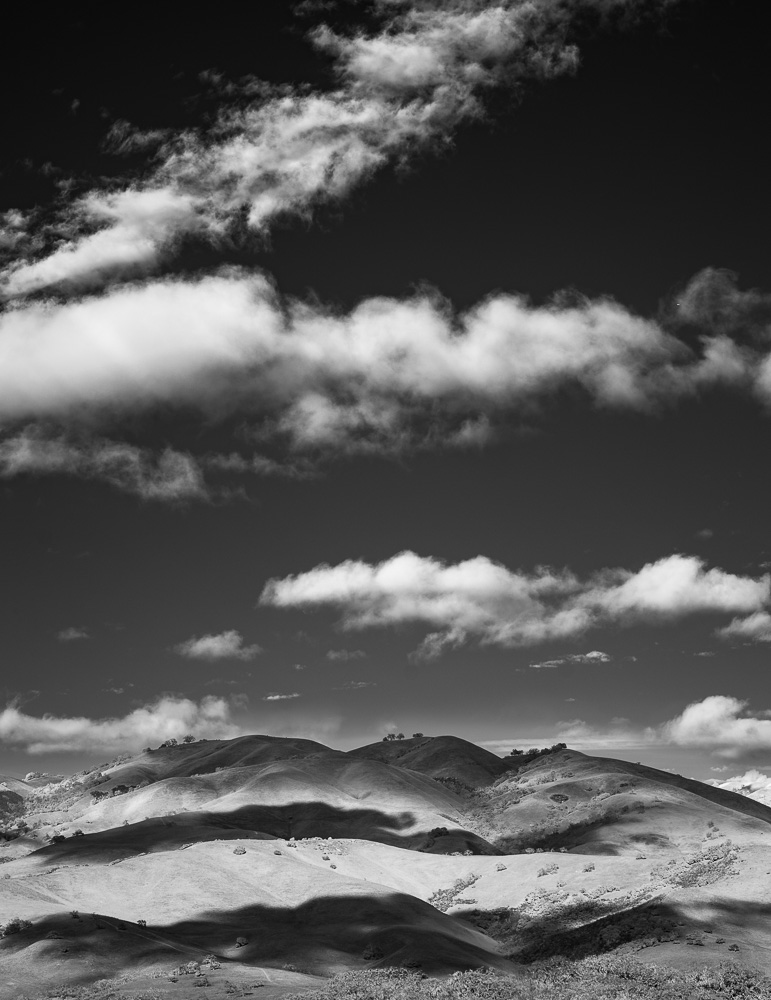Since my brain surgery, the only photographs I’ve made have been from my studio window. I have made some, though, and the storm we had last week provided me some nice cloud shadows.
All of these are several IR-modded Sony a7II exposures blended together in Ps. Lens was the Otus 85/1.4.





Jim, good to see you back on the saddle, What head/bracket do you use for your panos?
Jack, I used the Arca-Swiss D4. But these aren’t panos. All exposures were with the camera aimed the same. I just picked parts of each exposure for the final image.
I love photographing clouds because they are infinitely variable and often fascinating.
These are some lovely photographs Jim. Thanks for sharing.
Hi Jim,
I hope, your health is getting better!!
I have a question regarding your IR A7II. I owned a IR converted NEX-7 and like the B&W IR images very much. After I got the A7RII I sold the NEX-7 and I plan to get my A7R converted to IR (again 720nm).
The images from the NEX-7 are all very soft in the edges and corners, even with the Batis 25/2.
My question:
do these soft edges come from the lack of correction for these longer wavelengths?
do I have to expect the same with the converted A7R (mainly with the Batis 25mm and Sony Zeiss 16-35mm)?
Thanks for any opinion!
And many more thanks for you most informative blog!!!
regards
dierk